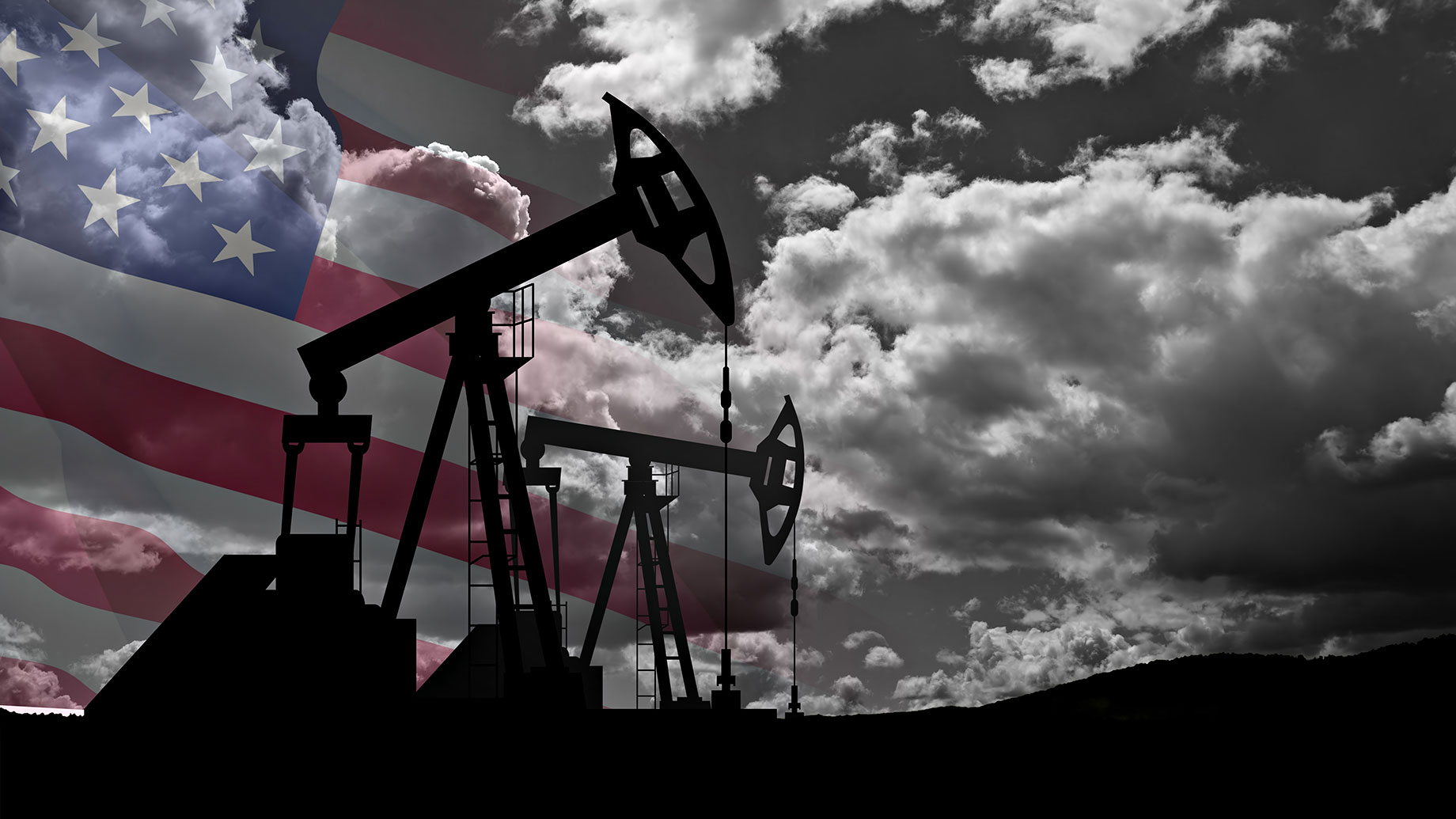
Oilfield production is one of the most complex, capital-intensive, and technically sophisticated industries in the world.
This is the process by which crude oil, buried several thousand feet underground, gets turned into fuels, plastics, and all the things that power modern life. The industry also relies on oilfield production chemicals that ensure oil and gas wells operate safely.
For most people, though, the way in which oil moves from the earth into a refinery — and finally into your car or home — is something of a mystery.
Here are five key things you should know about how oilfield production works, and why it matters.
1. Oilfield Production Begins Long Before the First Barrel Flows
Years of research, exploration, and testing always precede the extraction of oil. The process is usually initiated with highly technical geological surveys and seismic studies that pinpoint potential reservoirs deep beneath the earth’s surface.
After a promising site has been located, drilling engineers design a plan to reach the formation safely. In this phase, planning covers all aspects — from the depth and angle at which the well will be made to understanding the porosity and pressure levels of the rock.
Samples collected from these drills are analyzed once the drilling has started to determine whether the well contains commercially viable oil or gas, upon which a company can move into the production stage by installing equipment.
By the time a field actually comes into production, many millions of dollars have already been spent in exploration, permitting, environmental studies, and setting up equipment. Production on an oilfield is usually a long-term rather than a short-term operation.
2. Not All Oilfields Are Alike
No two oilfields are identical. The geology, pressure, depth, and type of hydrocarbons vary significantly — as do the methods used to extract them. There are conventional fields, unconventional fields, and offshore oilfields.
Each field is unique and must be engineered and operated differently. Production engineers design systems based on field characteristics. Such diversity requires oil-field professionals to continually revise their practices.
3. Pressure and Flow Always Balance Each Other Out
Once a well is producing, the next challenge involves controlling pressure and optimizing flow. Excessive pressure increases the risk of equipment damage, but too little pressure heightens the risk of slow or financially unfeasible production levels.
Oilfield engineers have to ensure there is a proper balance, particularly by employing both natural and artificial lift systems. Artificial lift systems are used in many different ways for pumping oil to the surface. They use pumpjacks, gas lift valves, and electric submersible pumps.
Monitoring systems track constant flow rate, temperature, and pressure for stability. Much of this information is available in real time and can be digitally transmitted remotely. The result is a sophisticated network of smart oil fields where mechanical systems integrate with advanced analytics.
4. Technology is Transforming Oilfield Operations
Oilfield production has changed from what it was a decade ago. Digitalization, automation, and artificial intelligence have made the modern-day oilfield far more efficient and safe.
For example, continuous monitoring of pressure, flow, and temperature from remote sensors and IoT devices allows early detection of any impending failure of equipment. Drones and autonomous inspection systems, meanwhile, are being deployed for pipeline and offshore rig monitoring. And predictive analytics help forecast equipment wear, optimize maintenance schedules, and improve recovery rates.
Oilfield production is the perfect junction of science, engineering, and environmental management. As technology evolves and sources of energy continue to diversify, the oil industry adapts and shifts production to be even safer and cleaner. This dynamic sector proves that even within the most traditional industries, innovation never stops.